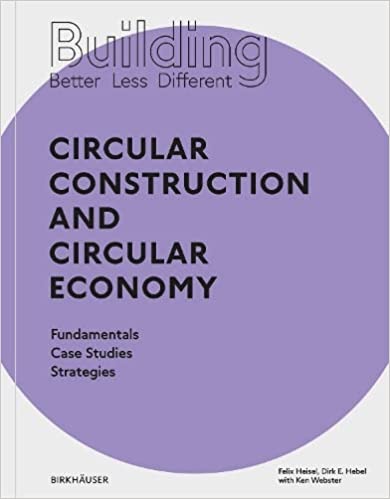
English | 2022 | ISBN: 978-3035621099 | 160 pages | PDF | 227.94 MB
Sustainability has advanced to become an overarching concern of daily life. At the same time, its ways and means are far from clear. As a holistic praxis, sustainability must combine technical and material as well as social, economic and ecological strategies that all too often have competing aims and priorities and complex interactions. In no other field can these factors and interactions be better observed, addressed and influenced than in architecture and building. Organising, planning and designing the built environment uniquely reflects the spectrum of sustainable action as a synthesis of gained experience, problem-solving and forward-looking strategies.
Each volume of "Building Better – Less – Different" examines two fundamental areas of sustainability and explores their specific dynamics and interactions. After an introductory overview, innovative methods and current developments are described and analysed in in-depth essays, international case studies and pointed commentaries. The sustainability criteria of efficiency ("better"), sufficiency ("less") and consistency ("different") form the framework for each book. Together, the five planned volumes provide a systematic and up-to-date compendium of sustainable building.
The first volume presents concepts, methods and examples of circularity in construction and the economy. Urban mining and circular construction are two approaches to the challenges facing architecture and urban design, using techniques such as reversible details and design for disassembly and tools such as material passports and databases. The circular economy is not solely about recycling but encompasses a wide range of strategies from local community projects to new ownership and service models and steering mechanisms such as carbon pricing schemes with climate premiums.
Forthcoming volumes will cover the topics "Energy and Digitization", "Housing and Participation", "Land and Production" and "Health and Materiality".



